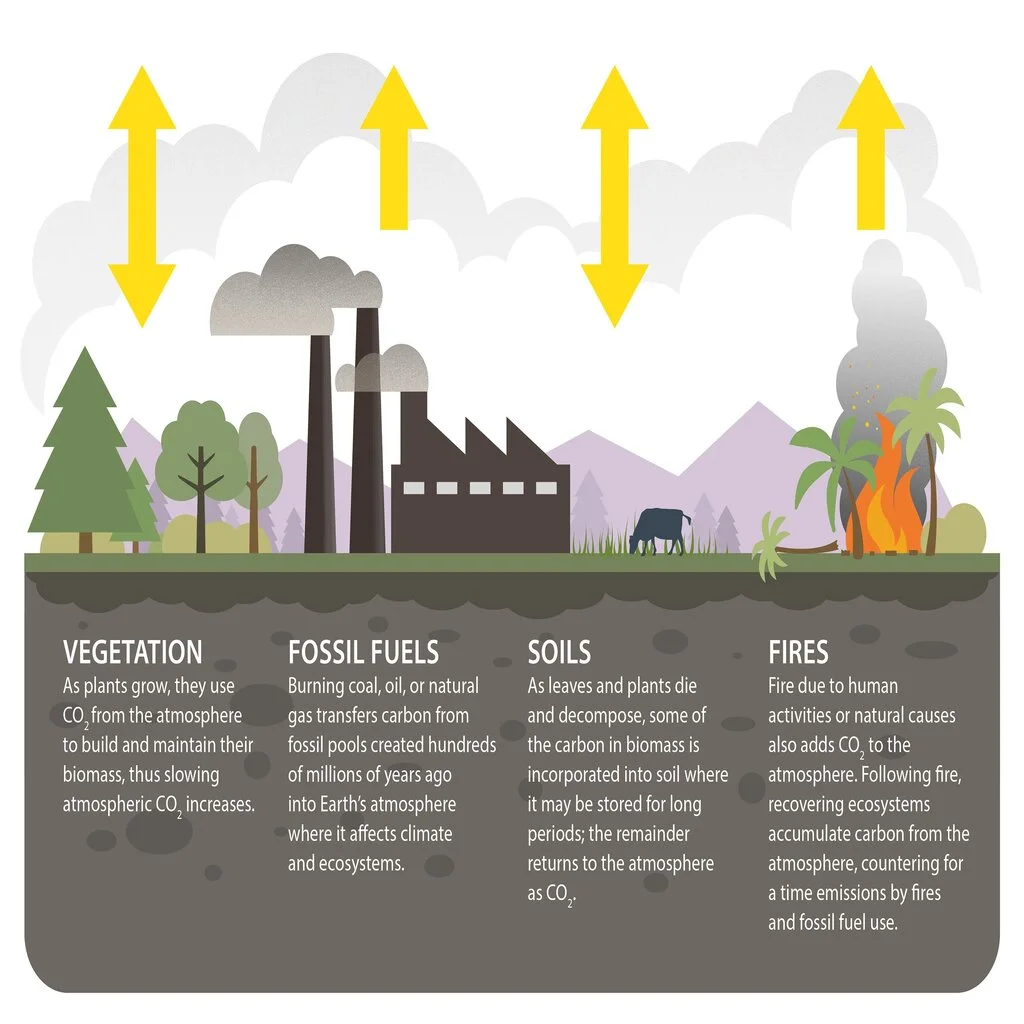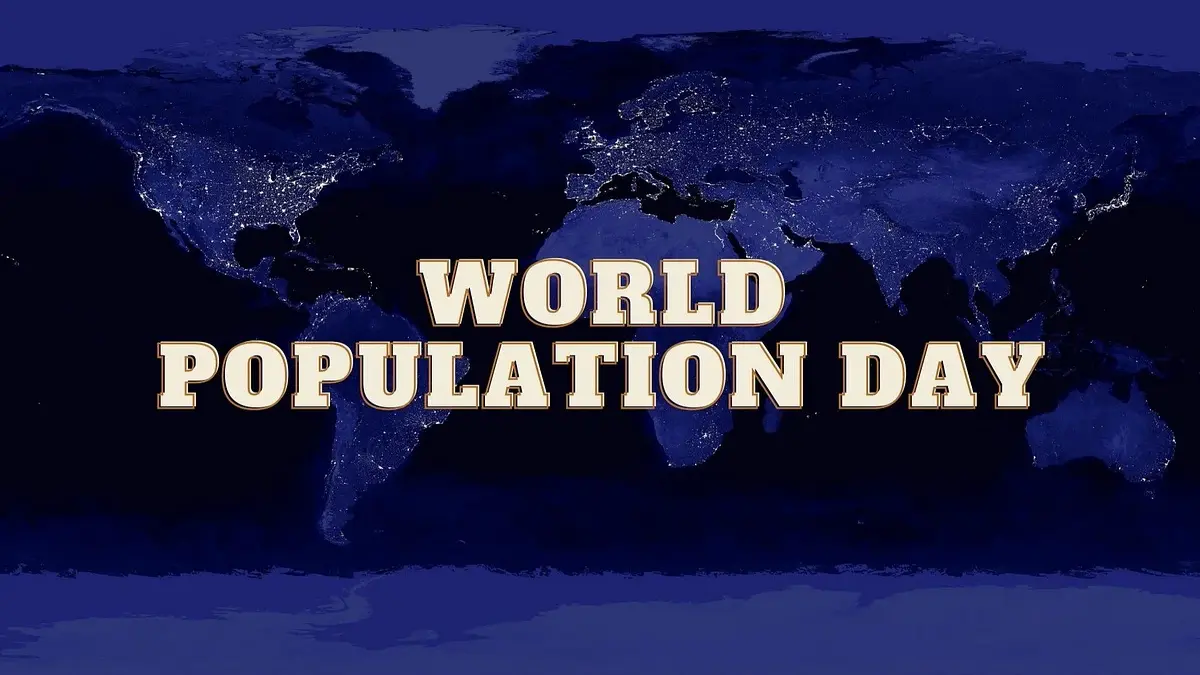
The New Climate Law Is Working is the title of an essay published on May 30 in the New York Times. “Clean Energy Investments Are Soaring,” one of the authors of the Inflation Reduction Act (IRA) from last year, Brian Deese, wrote in his article. “Nine months after that law was passed in Congress, the private sector has mobilised well beyond our initial expectations to produce clean energy, build battery factories, and develop other technologies to reduce greenhouse gas emissions.”
Discover the thought-provoking journey of reimagining our future: should we embrace degrowth or strive for two Earths? Explore the philosophical and practical implications of these contrasting approaches and ponder the path we must choose for a sustainable and balanced tomorrow.
Table of Contents
Introduction
The continuous burning of fossil fuels poses a significant threat to the Earth’s atmosphere and its delicate balance. As we confront the realities of climate change, it becomes crucial to reevaluate our current trajectory and explore alternative paths for a sustainable future. This article aims to delve into the impact of fossil fuels on the atmosphere and Its Relevance for UPSC Aspirants, examine the feasibility of embracing degrowth as a solution, and discuss the concept of striving for “Two Earths.”
The Impact of Fossil Fuels on the Earth’s Atmosphere
Fossil fuels, such as coal, oil, and natural gas, have been the primary energy sources for centuries. However, their combustion releases substantial amounts of greenhouse gases (GHGs) into the atmosphere, contributing to global warming and climate change. The main culprit among these gases is carbon dioxide (CO2), which traps heat and disrupts the Earth’s natural equilibrium.
Understanding the Consequences
The consequences of rising GHG emissions are profound and far-reaching. Increased global temperatures lead to melting ice caps, rising sea levels, and extreme weather events. The delicate ecosystems that support life on Earth are under threat, endangering countless species. It is crucial to acknowledge these consequences and take swift action to mitigate further damage.
Embracing Degrowth: A Sustainable Alternative
Degrowth is a concept that challenges the notion of perpetual economic growth and encourages a shift towards sustainable development. It emphasizes the need to reduce consumption, promote equitable distribution of resources, and prioritize well-being over material wealth. Embracing degrowth involves transitioning from an economy based on constant resource extraction and consumption to one that respects planetary boundaries and promotes social justice.
The Concept of Two Earths: Is it Feasible?
The idea of “Two Earths” suggests that we are currently consuming resources at a rate that exceeds the Earth’s regenerative capacity. This concept highlights the urgency of reevaluating our lifestyles, production systems, and resource allocation. By striving for sustainability, we aim to reduce our ecological footprint and ensure that future generations can thrive on a planet with finite resources.
Overcoming Challenges for a Sustainable Future
Achieving a sustainable future requires overcoming numerous challenges. Transitioning to renewable energy sources, rethinking consumption and production patterns, investing in sustainable infrastructure, and fostering education and awareness are critical steps in this journey.
Transitioning to Renewable Energy Sources
Shifting away from fossil fuels towards renewable energy sources is a fundamental aspect of sustainable development. Harnessing the power of solar, wind, hydro, and geothermal energy can significantly reduce GHG emissions and promote cleaner and more sustainable energy production.
Rethinking Consumption and Production Patterns
Redefining our consumption and production patterns is crucial for minimizing resource depletion and waste generation. Emphasizing circular economy principles, such as recycling, reusing, and reducing waste, can help us create a more sustainable and efficient system.
Investing in Sustainable Infrastructure
Developing sustainable infrastructure is essential for reducing our environmental impact. This includes designing energy-efficient buildings, promoting public transportation systems, and integrating nature-based solutions into urban planning.
Education and Awareness: Building a Green Mindset
Creating a sustainable future requires a collective effort, and education plays a vital role in driving this change. By fostering environmental awareness, promoting sustainable practices, and empowering individuals with knowledge, we can cultivate a green mindset and encourage responsible actions.
Shaping Policy for a Greener Future
Governments have a critical role to play in shaping policies that support sustainable development. Implementing regulations, incentivizing renewable energy adoption, and promoting circular economy practices are essential steps towards creating an enabling environment for a greener future.
Conclusion
The impact of fossil fuels on the Earth’s atmosphere demands urgent action to reimagine our future This Topic is Relevance for UPSC Aspirants. Embracing degrowth and striving for sustainability can help us mitigate the consequences of climate change and create a more equitable and resilient world. By transitioning to renewable energy, rethinking consumption patterns, investing in sustainable infrastructure, fostering education and awareness, and shaping policy, we can pave the way for a greener and more sustainable future.
FAQs
1. What is degrowth?
Degrowth is a concept that advocates for reducing consumption and transitioning to sustainable, equitable economic systems that prioritize well-being over material growth.
2. Why is it important to transition to renewable energy?
Transitioning to renewable energy sources is crucial because they produce fewer greenhouse gas emissions, promote cleaner air and water, and reduce our dependence on finite fossil fuel resources.
3. How can individuals contribute to a sustainable future?
Individuals can contribute to a sustainable future by adopting environmentally friendly practices, such as conserving energy, reducing waste, supporting renewable energy, and advocating for sustainable policies.
4. What are the challenges in embracing degrowth?
Embracing degrowth faces challenges such as the need for systemic change, shifting societal values, and addressing economic concerns related to employment and income distribution.
5. How can governments encourage sustainable practices?
Governments can encourage sustainable practices by implementing policies that incentivize renewable energy adoption, supporting sustainable infrastructure development, promoting education and awareness, and incorporating sustainability into decision-making processes.
GET MORE INFO- Rath Yatra at Shree Jagannatha Temple Puri: A Spectacular Hindu Festival and Its Relevance for UPSC Aspirants











